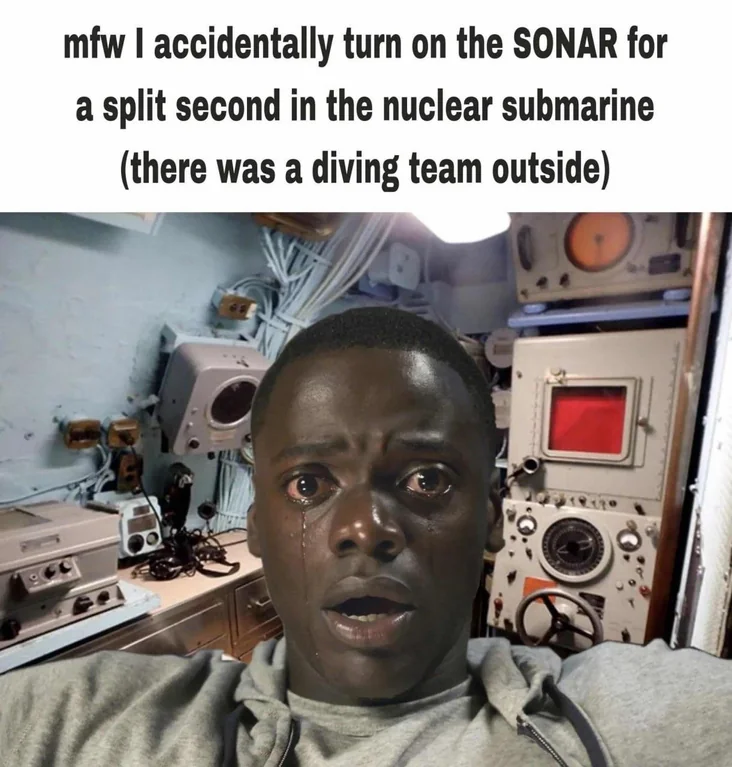this post was submitted on 08 Jan 2025
238 points (99.2% liked)
NonCredibleDefense
3621 readers
354 users here now
Rules:
- Posts must abide by lemmy.world terms and conditions
- No spam or soliciting for money.
- No racism or other bigotry allowed.
- Obviously nothing illegal.
If you see these please report them.
Related communities:
founded 2 years ago
MODERATORS
you are viewing a single comment's thread
view the rest of the comments
view the rest of the comments

140 dB is a gunshot at the source. About 190 in air pressure will cause an explosive shockwave that can kill a person. 235 dB in dense water pressure is...somewhat more violent, as we understand how the decibal curve works and molecular pressure at depth.
Every 10dB is twice as much energy, so 235 dB is pretty scary.
But that means that a person would be killed even if they are miles away? Maybe tens of miles.
Found it: Based on sonar guidelines and studies on sound propagation, a diver exposed to 235 dB low-frequency sonar would likely need to be more than 1.5–2 kilometers (1–1.2 miles) away to ensure safety.
However, pings are conical and the strongest sonar is at the bow. So you could literally be safe if you were diving behind it.
This R*ddit comment suggests that it's only close-range that it's reliably lethal.